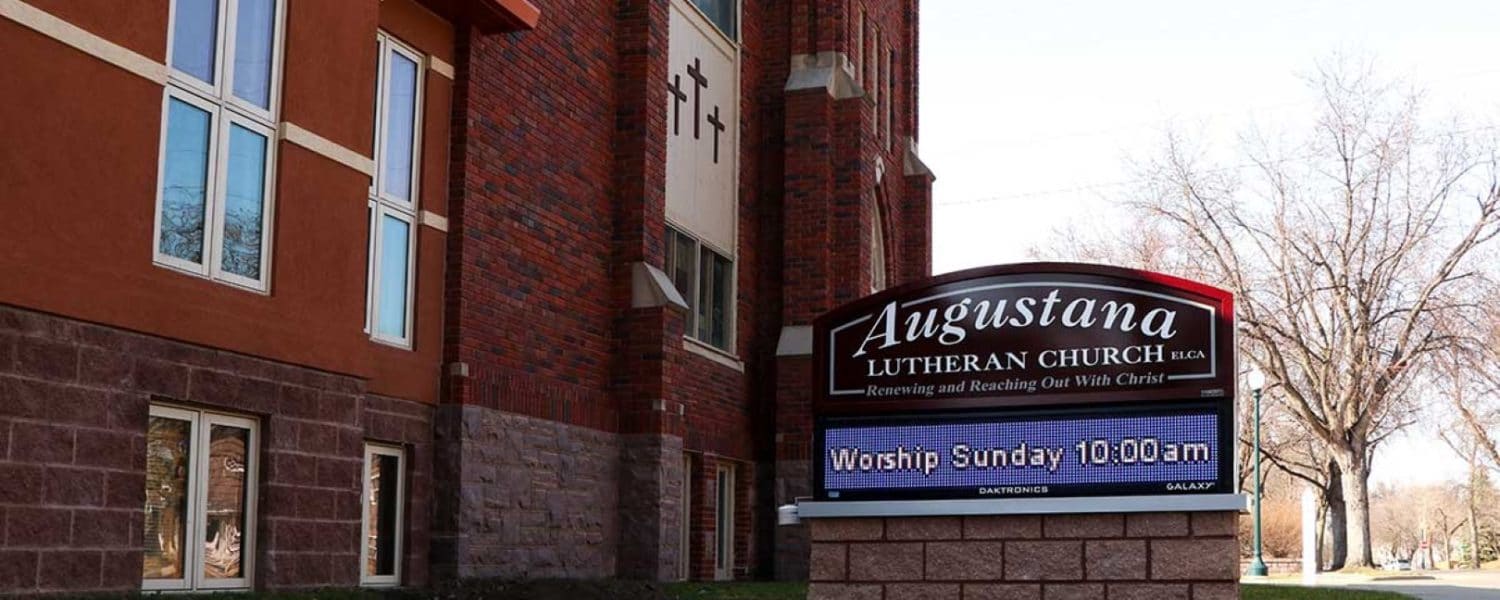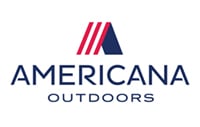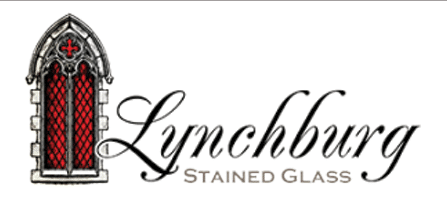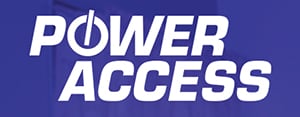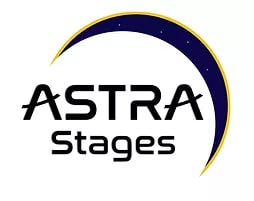By Jess Bern
Outdoor LED signs appeared in the mid-1990s. Churches quickly realized how this cutting-edge technology supports an ageless message. The content on an outdoor LED sign inspires and informs church members and nonmembers alike.
An LED Sign—Part of the Ministry
An LED sign gives passersby some insight into all the good things going on inside the facility. One pastor from Albuquerque, New Mexico, says, “Our visitor traffic has greatly increased, and the membership at our school is also up. This sign became the No. 1 source of bringing in new members to our congregation.”
When a church is interested in an LED sign, the first step is to contact a local sign company. They’ll work with the church to find the sign that fits their needs the best. Once that’s done, it’s time for the church to get a permit so the company can build and install the sign.
LED Signs and Permits
Because LED signs are a relatively new technology, many communities just don’t have LED sign codes in place. Or, they may have inappropriate codes written by permit officials with misconceptions about LED signage. These prohibitive codes prevent churches and businesses from enjoying the benefits of an LED sign.
Let’s take a look at a recent encounter between a church and city council. A walk through this case study will reveal invaluable tips to win a sign permit.
Recently, in Sioux Falls, South Dakota, a Planning Commission took 10 minutes to unanimously deny a church’s request to install an LED sign. At this point, the Zion Lutheran church decided the next step was an appeal to city council.
The church’s sign company also turned to their LED sign vendor for advice. A sign code expert helped with support and information. She helped the church to develop a presentation to address people’s common misconceptions about LED signage.
Traffic Issues
Many people believe LED signs are dangerous because they cause traffic accidents. The sign code expert provided information for the church to share at city council. She told them that no causal connection between traffic accidents and LED displays has ever been observed. For years, third-party investigations have revealed repeatedly that accidents do not increase around digital displays.
The sign code expert also pointed out that across the county we see electronic signs on intersections, roadways and interstate highways. If they weren’t safe, the state Department of Transportation wouldn’t be using LED signs.
Does an LED Sign Belong Here?
The Zion Lutheran church, located in a residential part of the city, sits on the edge of an historical area. Some neighbors thought an electronic sign would be too bright and garish for the neighborhood.
Brightness and animated content are typical concerns people have about LED signs. Sign companies often hear concerned citizens saying, “We don’t want our nice town to look like Las Vegas.”
When people express these aesthetic concerns, it’s important to explain that sign owners don’t want too-bright, intrusive signs, either. They repel the glance of passersby and drive up energy bills.
Permit seekers also need to explain that LED signs are easily programmed so content will never flash or move. Transition from one message to another is imperceptible, like the slides of a PowerPoint presentation.
In the church’s case, brightness isn’t an issue. The LED sign they chose automatically dims according to ambient light. Another great point the church made was that the existing sign was 90 years old and rusted out. The sign company designed a tasteful base for the LED sign to match the church’s facade.
Speaking Out
It’s important to know that concerned neighbors unhappy about an electric sign in their area will be at the meeting. For this reason, the church invited their members to attend who were excited about the new sign. They made a positive impact by appearing and speaking at the appeal. Those who couldn’t be at the meeting wrote letters.
Happy Sign Owners/Happy Neighbors
The sign code expert talked to the church about building a positive and healthy relationship with their neighbors. It’s good to show consideration for the opposition’s concerns. She suggested that the church voluntarily make the following concessions:
- Turn the sign off from 10 p.m. to 6 a.m.
- Run static content only (even though animations are permitted in Sioux Falls)
- Program the LED sign to imperceptibly change every 6 seconds
Unanimous Approval
After the presentation, the city council overturned the Planning Commission’s prior ruling and unanimously approved the permit request.
Information about traffic safety studies and the sign’s capability to adjust brightness helped. But without the church’s concessions to concerned neighbors’ wishes, the previous ruling might not have been overturned.
Jess Bern does strategic marketing for Daktronics. For more information about LED signs and traffic safety, including third-party research about traffic and LED signs, visit www.daktronics.com/regulationlegislation.


